Modelling of draperies
Artists' Techniques
Draperies of different colours were modelled in different ways. Dark blue, orange and dark pink fabrics were painted in uniform hues, with folds defined by black lines, and decorative motifs painted in thin white lines. This gives them a rather ‘flat’ appearance compared with the light pink and light blue robes, which were modelled with gradations of colour to create the illusion of volume. On fol. 3r, the modelling is more three-dimensional and dynamic, but the gradation of colour is less delicate than on other folios.
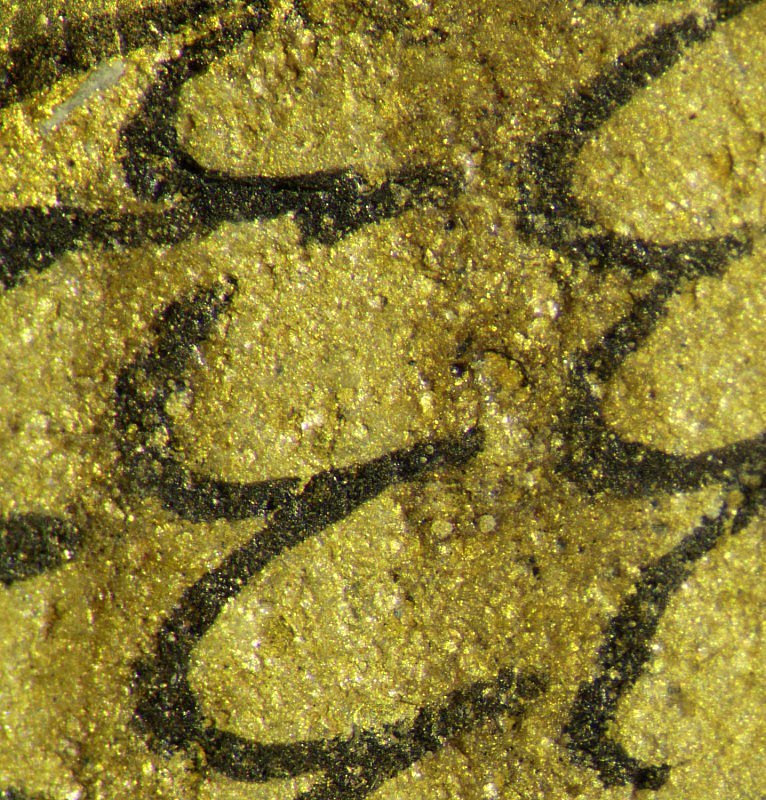
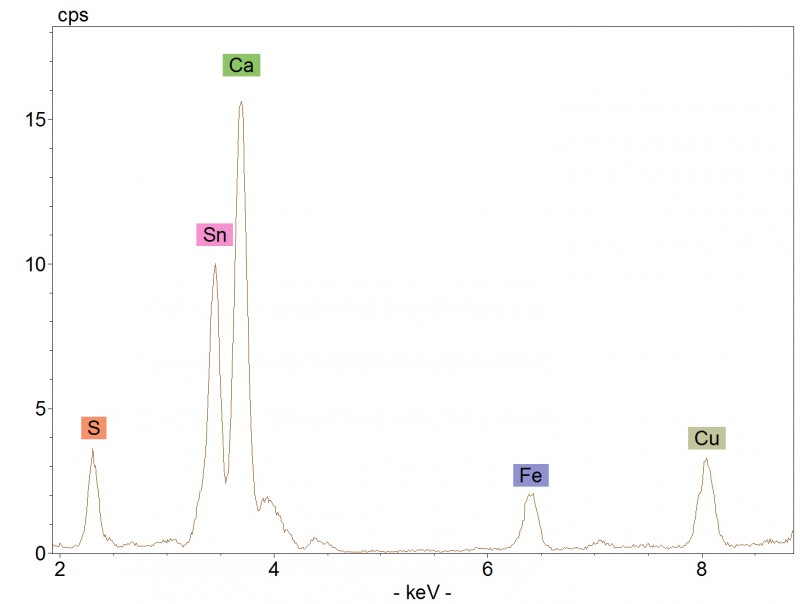
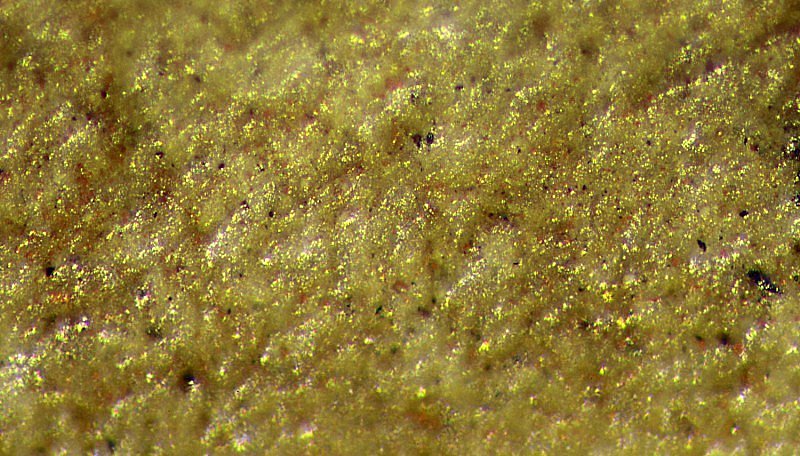
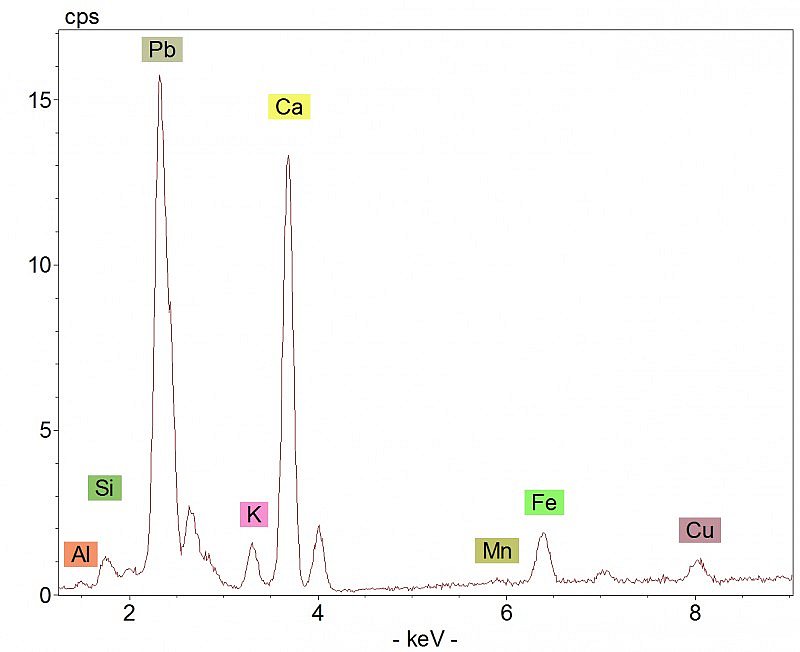
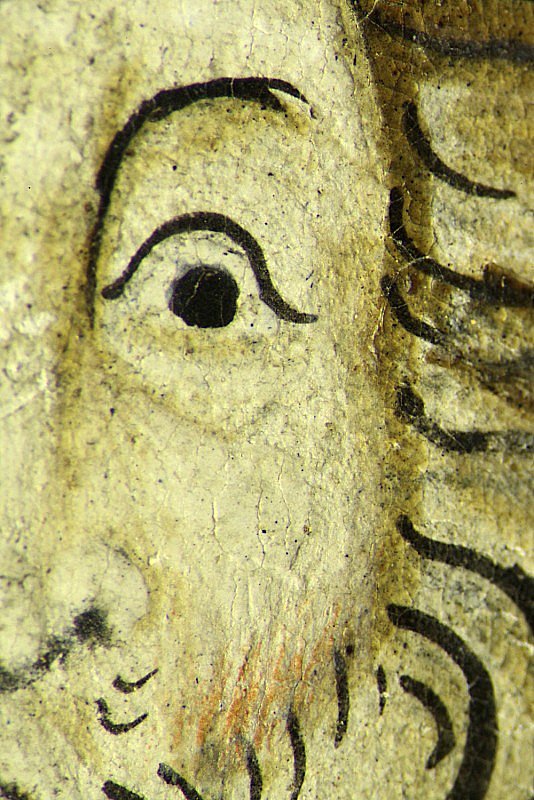

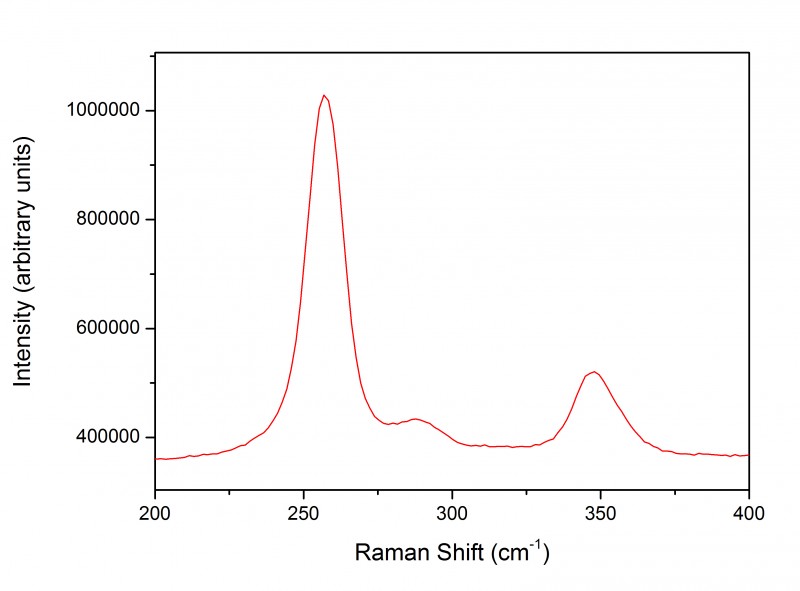
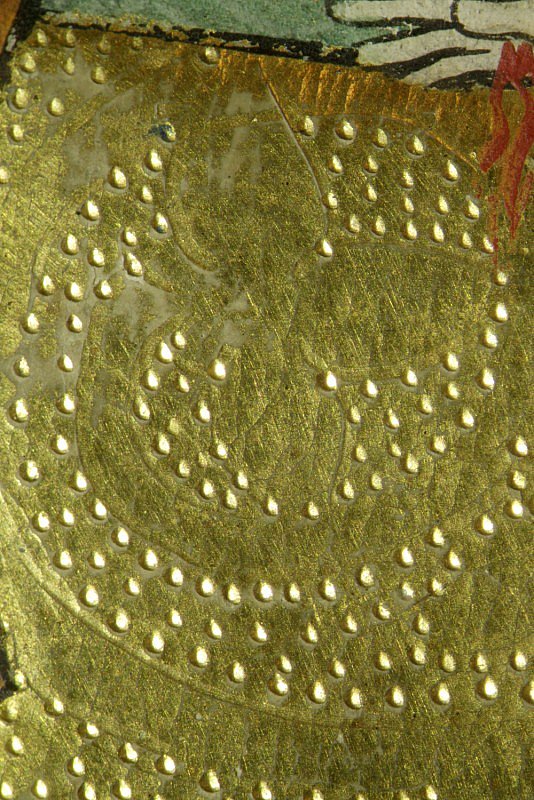
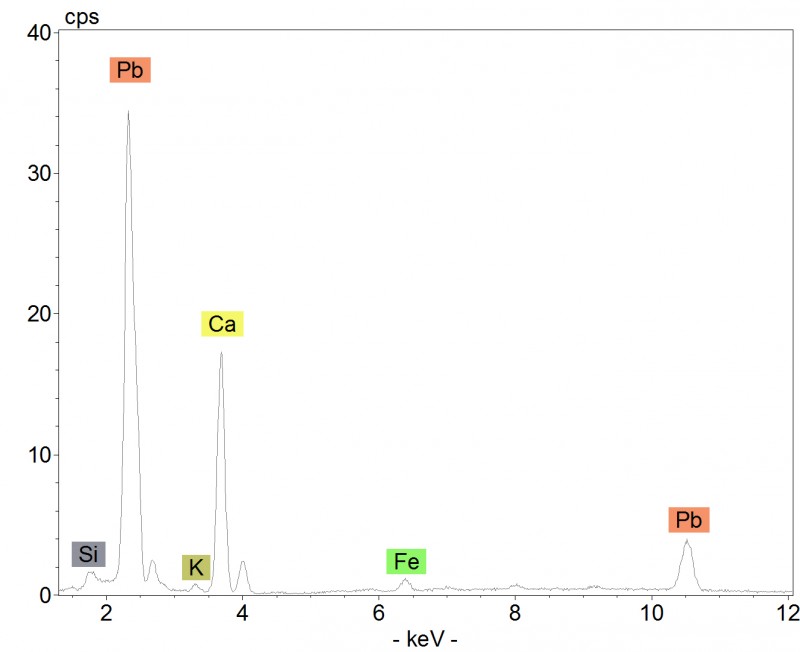
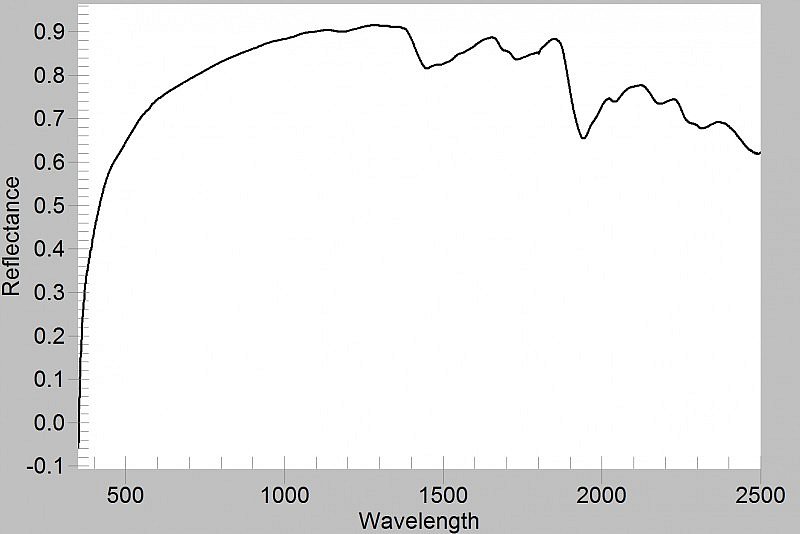
Throne of Mercy Trinity with patrons (Hours of the Trinity)
God the Father is seated on the Throne of Mercy, supporting the crucified Christ whose body hangs from a rough timber cross, as the white dove of the Holy Spirit descends. The green cross, painted with verdigris, alludes to the Tree of Life in the Garden of Eden as described in Genesis. Eating the fruit of the Tree of Life guaranteed eternal life, a promise matched by Christ’s atoning death and resurrection, which, according to Christian theology, offered redemption and immortality to humanity. Symbols of the four evangelists, Matthew, Mark, Luke and John, are depicted in the corners, and John de Pabenham and Joan Clifford kneel on either side of the throne.
A wide variety of brown colourants is present: an iron oxide pigment was used for the shading in God’s hair; mosaic gold for the brown eagle (hotspot 1); and a complex mixture for the ox (hotspot 2). Vermilion, used very sparingly in this manuscript, was employed for small details of the patrons’ robes, the highlights on God’s cheeks (hotspot 3) and the blood flowing from Christ’s wounds (hotspot 4).
The pink garments of God the Father show subtle use of shading to model the folds in three dimensions, with the pale pink ground colour forming the highlight area. The underdrawing of the draperies can be seen in the infrared image.
The burnished gold background has a tooled design consisting of repeat patterns of lozenges and foliate coils formed of incised lines and punched dots (hotspot 5). This is the only folio where the parchment has been coated with lead white (hotspot 6).
